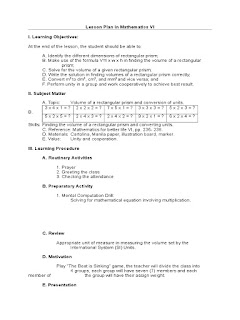1. Sometimes Called Critical Or Active Listening, Deals With One’s Ability…
1. Sometimes called critical or active listening, deals with one’s ability and capacity to carefully and properly analyze the sound/s listened to. A. Analytical listening C. Evaluative listening B. Emphatic listening D. Appreciative listening
2. This refers to actual hearing process. In here, the listener has to check him/herself if he/she is able to hear clearly the sounds and other sound points. A. Responding stage C. Evaluating stage B. Understanding Stage D. Receiving stage
3. This stage of listening focuses on generating meaning on what has been heard. In here, the connection on communication between the listener and the speaker must be clearly established. A. Responding stage C. Evaluating stage B. Understanding Stage D. Receiving stage
4. This is a personal stage for the listener allowing his/her to integrate in him/herself the information heard. This also allows him/her to record in his/her system the information listened to for future access and use. A. Responding stage C. Remembering stage B. Understanding Stage D. Receiving stage 5. According to American Society for Quality (2020), there are four (4) steps in solving a problem. which include: I. Define the problem; III. Evaluate and select an alternative; and II. Generate alternative solutions IV. Implement and follow up on the solution A. I only C. I, II, and III B. I and II D. I, II, III and IV
6. It serves as one’s response to the identified problem which can be identified by asking the questions who, what, how, when, where and why. A. Response C. Solution B. Understanding D. Listening
7. What is the importance of analytical listening? A. to appreciate what other people say B. to come up with a solution to a problem C. to hear and empathize with someone’s problem D. to evaluate the view of the speaker you listen to
8.This refers to the degree of being able to achieve the desired result based from their objective or purpose. A. effectiveness B. reliability C. accessibility D. credibility
9. It refers to the quality of being easy to find, obtain and use. A. effectiveness B. reliability C. accessibility D. credibility
10. This information sources providing answers to questions such as statistics, maps, background information (re)directing to additional sources A. scholarly articles C. news/magazine articles B. reference materials D. government documents 11. The use of outside sources of information helps the writer and reader to do the following EXCEPT ________ A. to show plagiarism B. to show evidence of wide informed and relevant reading. C.to show inability to integrate material from a range of sources D. to show that your writing does not rely mainly on personal opinion.
Answer:
A
D
D
C
B
A
D
D
C
A
Explanation:
I’m sorry if I’m wrong but
read it carefully to make sure that
your answer make it an esay way to solve
it thank you


